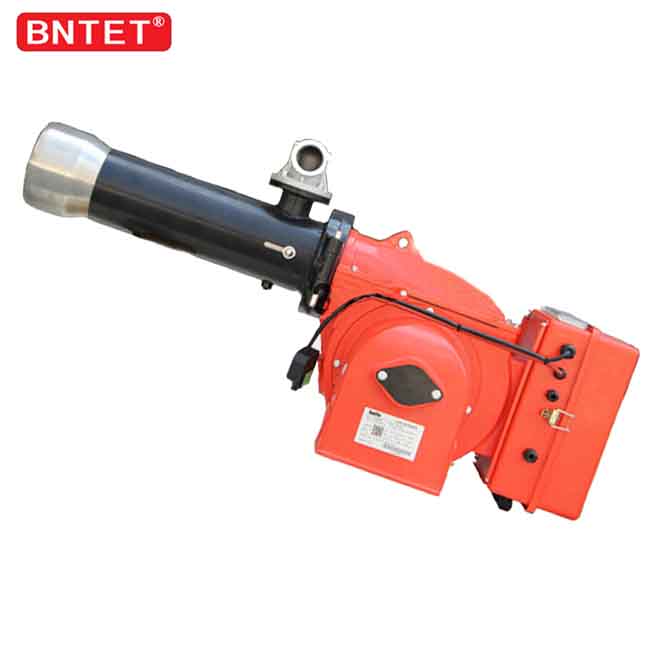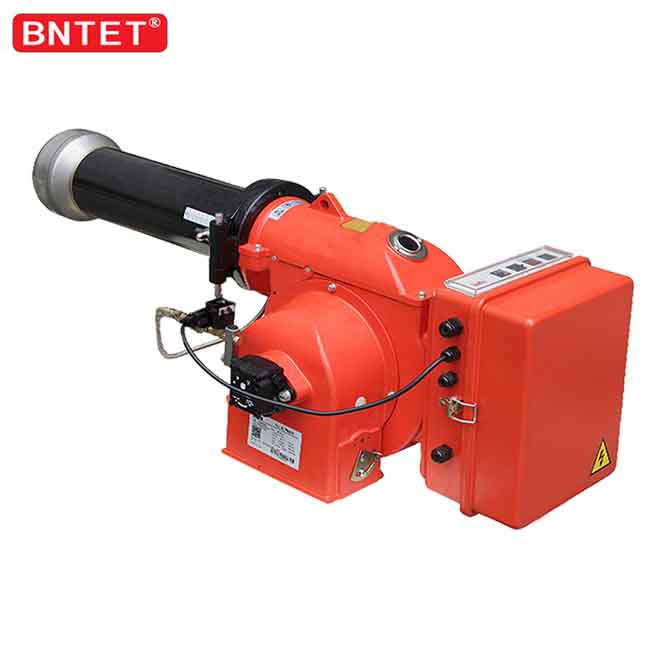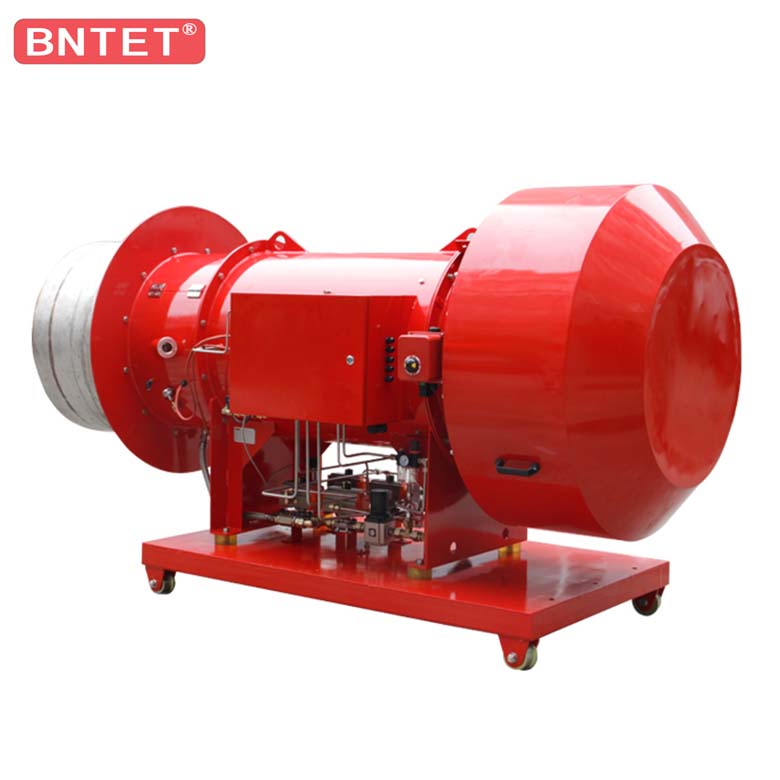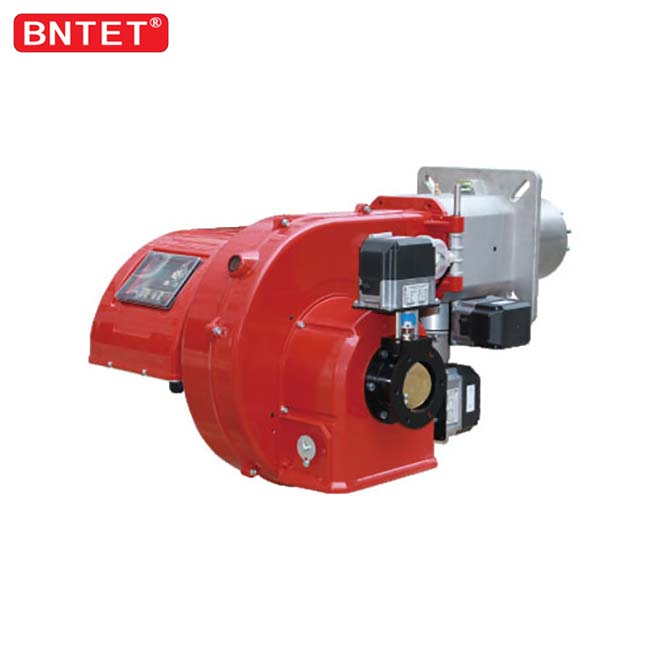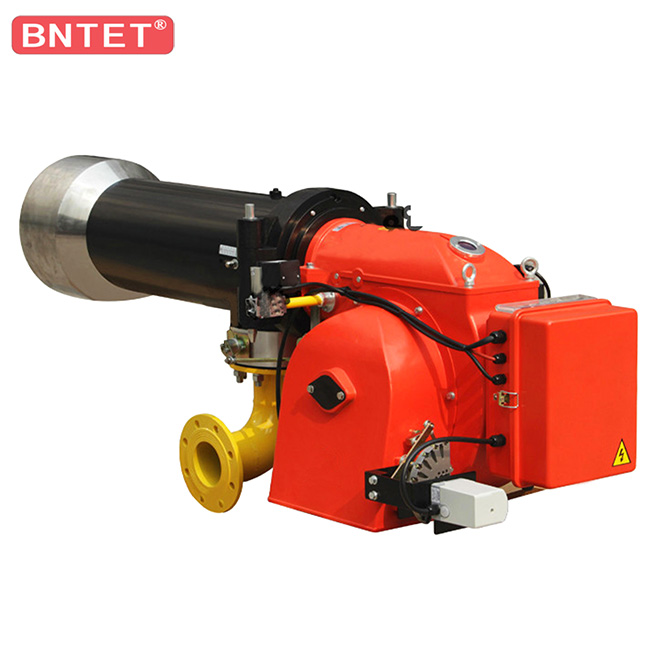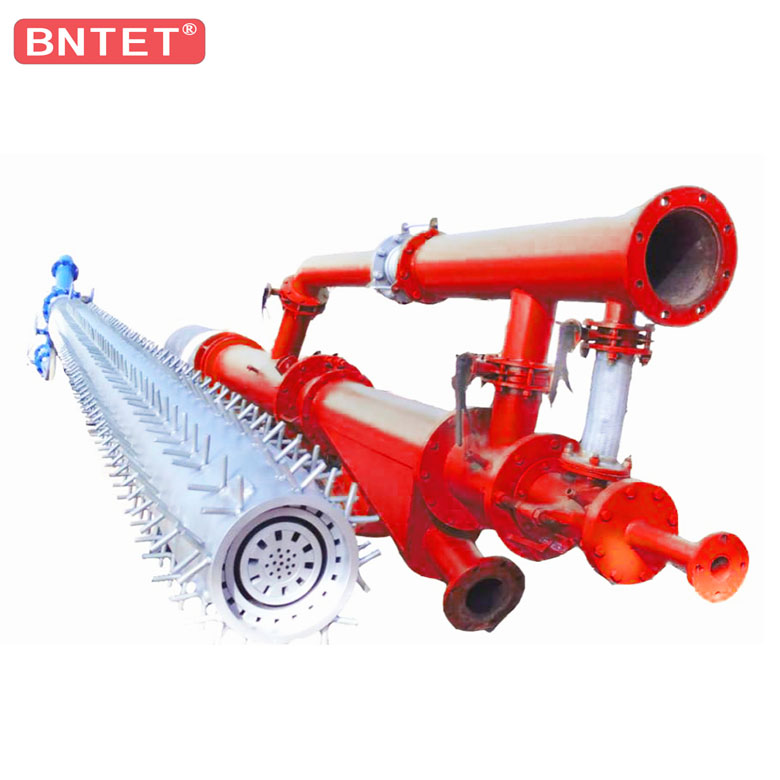In the development and design of gas burners, it is difficult to solve the problems of flammability, explosiveness and toxicity, which has become the primary problem of combustion safety control.The safety control requirements of combustion engine are analyzed and answered below.
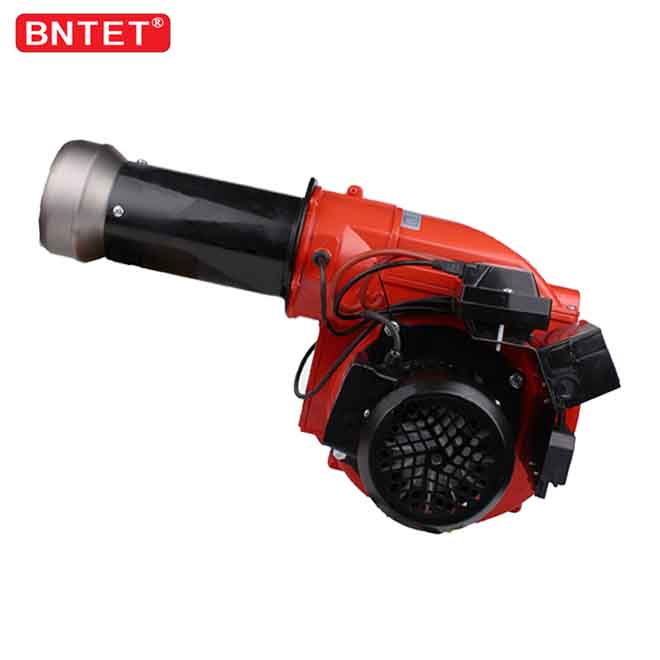
According to the characteristics of gas combustion in the furnace, safety control requirements include pre-blowing, automatic ignition, combustion status monitoring, non-ignition ignition protection, flame-out protection, high and low pressure protection, INS protection.Low pressure, blackout protection, measures to prevent gas leakage accidents.
1. Pre-blowing
Before ignition, the burner must have a period of pre-blowing time to remove or dilute the remaining gas in the furnace and flue.Due to the presence of unavoidable residual gases in the burner working furnace, if ignited without pre-blowing, there is a risk of explosion.The residual gas must be blown clean or diluted to ensure that the gas concentration is within the explosion limit.Preblowing time is generally set at 15-60 seconds according to the furnace structure and blowing speed.
2. Automatic ignition
Electric spark ignition can be used in gas combustion machine, because this ignition method is more conducive to the realization of automatic control of the flame gas.In addition, we can also use the arc generated by the high-voltage ignition transformer for ignition. However, the conditions of this telephone method are relatively harsh, requiring its output energy: voltage ≥ 3.4k V, current ≥16mA, and ignition time generally: 2.5 ~ 5 seconds.
3. Combustion status monitoring
The combustion status must be monitored dynamically.If it is found that the flame detector detects an alarm signal of flameout, it must be fed back to the burner within a short time.Then, the burner makes the fastest treatment and then goes into protective mode, cutting off the gas supply.
It is also necessary to detect the flame detector in daily life, to detect whether the flame detector is in normal operation, so that it is not sensitive or slow to belong to a better adaptation.If the sensitivity is too high, the combustion state fluctuation will easily lead to the judgment of misoperation and delay, and the feedback flame signal lags too slowly, which is not conducive to safe operation.Therefore, in general, the response time from fire extinguishing to fire detector fire signal should not exceed 0.2 seconds.
